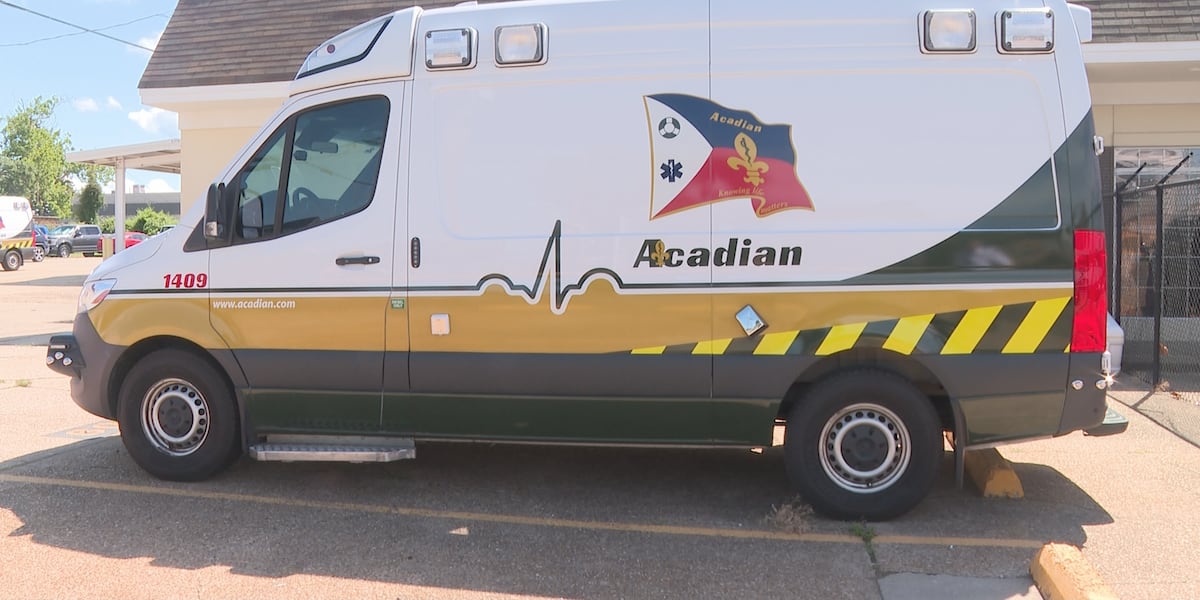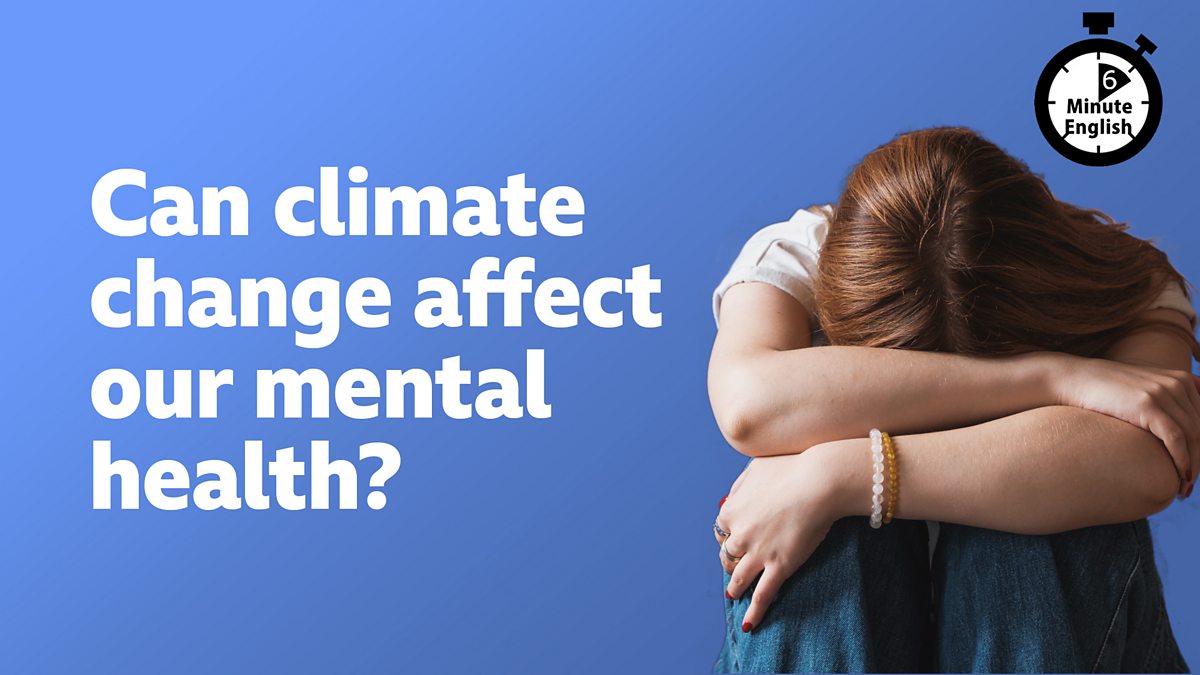Behind the Badge: The Silent Struggle of First Responders and the Urgent Need for Mental Health Support

The Unseen Toll on Our Heroes
We rely on our first responders – paramedics, firefighters, police officers – to be brave, resilient, and ready to face the toughest situations. They rush into danger when others run away, witnessing trauma and experiencing immense pressure on a daily basis. But what happens when the heroes themselves need help? Increasingly, research is highlighting a disturbing reality: first responders are facing a significantly higher risk of mental health challenges, including depression, anxiety, and tragically, suicide.
The Statistics Speak Volumes
The numbers are stark. Studies consistently show that first responders experience higher rates of PTSD, depression, and anxiety compared to the general population. The constant exposure to traumatic events, coupled with long hours, shift work, and the emotional weight of their responsibilities, takes a heavy toll. A recent report indicated that suicide rates among first responders are significantly higher than national averages, a heartbreaking statistic that demands immediate attention.
A Paramedic's Perspective: The Day-to-Day Struggle
“It’s not something we talk about openly,” shared Sarah, a local paramedic who bravely shared her experiences. “You’re trained to be strong, to be the one who helps others. Admitting you’re struggling feels like a weakness, like you’re letting your team down.” She described the constant pressure of making split-second decisions in life-or-death situations, the emotional burden of witnessing suffering, and the difficulty of leaving the trauma at the station door.
Why the Stigma Persists
A significant barrier to seeking help is the pervasive stigma surrounding mental health, particularly within traditionally masculine professions like law enforcement and firefighting. The culture often encourages suppressing emotions and portraying an image of unwavering strength. This can lead first responders to suffer in silence, delaying or avoiding treatment.
Breaking Down the Barriers: What Needs to Change
Addressing this crisis requires a multi-faceted approach:
- Increased Awareness and Education: Training programs need to incorporate mental health awareness and stress management techniques.
- Accessible Mental Health Services: Providing confidential and easily accessible counseling and therapy options is crucial. These services should be tailored to the unique challenges faced by first responders.
- Peer Support Programs: Creating safe spaces for first responders to connect with and support one another can foster a sense of community and reduce feelings of isolation.
- Leadership Support: Leaders within emergency services need to champion mental health initiatives and create a culture where seeking help is seen as a sign of strength, not weakness.
- Reduce Stigma: Open conversations and sharing personal stories (like Sarah's) can help break down the stigma and encourage others to seek help.
Investing in Our First Responders
Our first responders put their lives on the line every day to protect us. It's our responsibility to ensure they have the support they need to protect their own mental wellbeing. Investing in their mental health isn’t just the right thing to do; it’s essential for ensuring they can continue to serve our communities effectively and safely. Let's work together to create a culture of support and understanding for the heroes who dedicate their lives to helping others.






